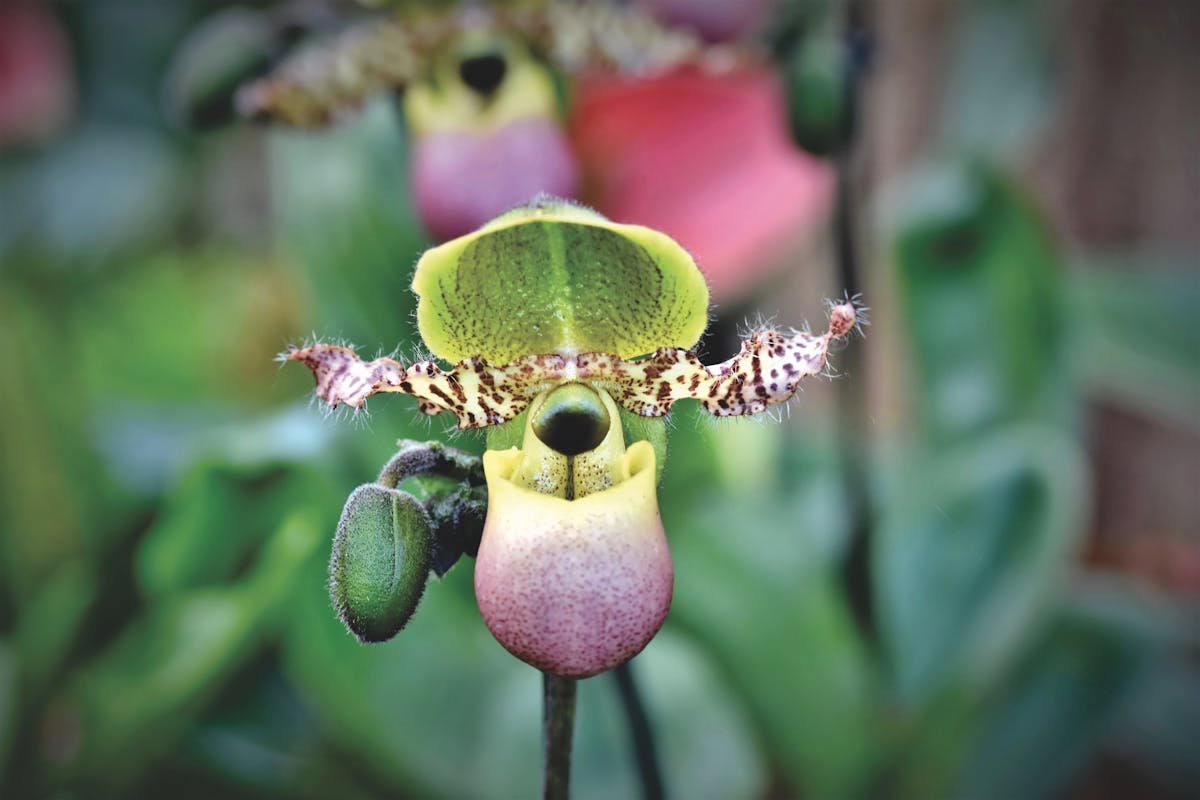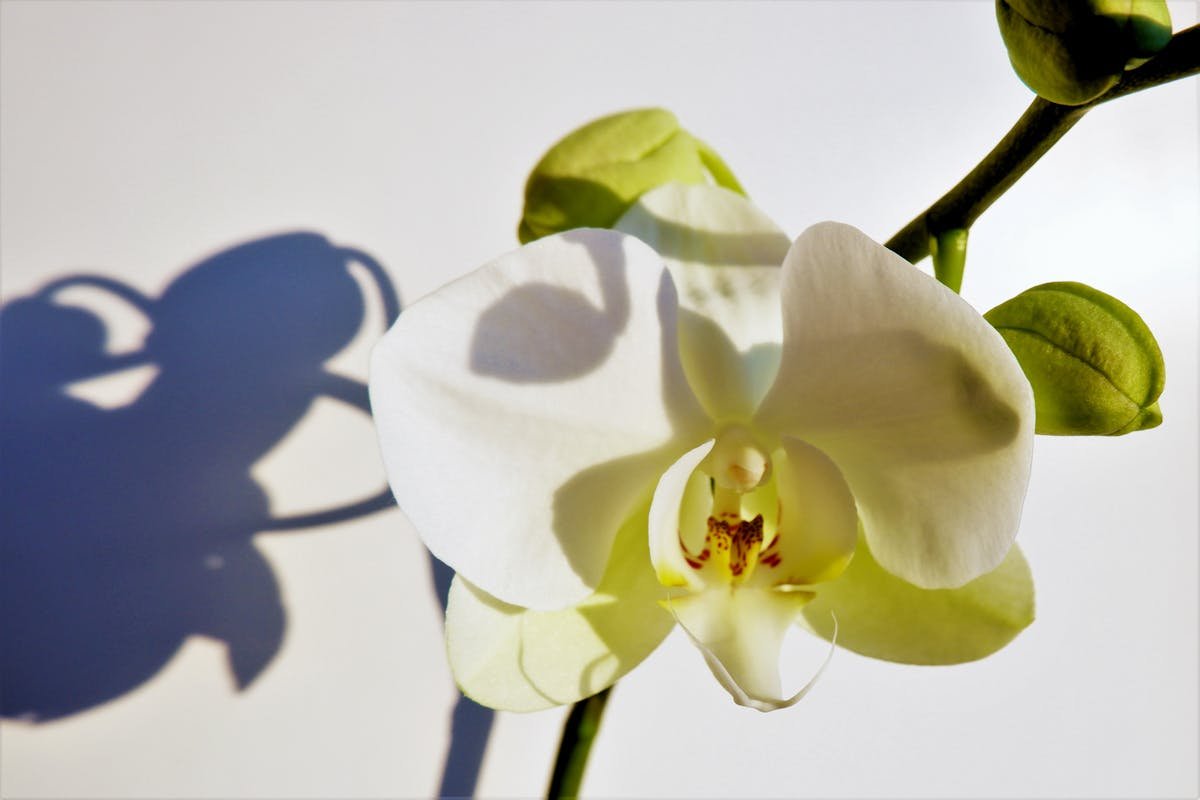Tips for keeping the slipper plant in bloom are essential for anyone who wants to see this exotic vine shine in their garden. With hanging flowers in shades of red, yellow and orange, the plant draws attention due to its curious shape, which resembles small slippers — hence the popular name.
In addition to being visually enchanting, the slipper plant is hardy and can bloom for much of the year, as long as it receives the right care. In this article, you will find out what this plant needs to give its best.
What is the Slipper-of-Jew?
Native to India, this tropical vine stands out for its lush, hanging flowers. Ideal for pergolas, tall trellises and balconies, it creates veritable curtains of bright, colorful flowers.
Its appearance is striking: the flowers sprout in long clusters, with a yellow interior and a dark red exterior, creating a vibrant and sophisticated contrast.
1. Choose the right location

To flower intensely, the slipper plant needs a well-lit environment with plenty of vertical space.
Practical tips:
- Lots of light in either full sun or mild shade.
- Avoid stuffy places or places with constant shade.
- Plant near pergolas, trellises or sturdy supports.
The plant likes to grow freely, so the more space it has to spread out, the better.
2. Proper fertilization for constant flowering
The plant needs energy to maintain the production of hanging, showy flowers. A good fertilization plan helps with this.
How to fertilize:
- Use fertilizer rich in phosphorus, such as NPK 10-30-20.
- Apply every 15 days during spring and summer.
- In autumn, reduce the frequency; in winter, suspend it.
Correct fertilization strengthens the plant and ensures more flower clusters.
3. Balanced watering to maintain root health

The slipper plant does not like soil that is too dry, but it also does not tolerate waterlogging.
How to get watering right:
- When the soil seems just a little bit dry to the touch, water it.
- Keep humidity constant on hotter days.
- Avoid leaving water accumulated at the base of the plant.
Efficient drainage is essential to prevent root diseases.
4. Strategic pruning to encourage more flowers
Pruning the slipper plant not only maintains its beautiful shape but also encourages continued flowering.
When and how to prune:
- Prune lightly after peak flowering.
- Remove dry or very long branches.
- Guide the branches to where you want it to cover.
Regular pruning encourages the production of new shoots and flowers.
5. Protect against strong winds and intense cold
Despite being resistant, the slipper tree is sensitive to very low temperatures and winds that break the hanging branches.
Protect your plant:
- If possible, plant in a partially protected area.
- In colder climates, use a thermal blanket or straw to cover the base throughout the winter.
- Avoid moving the plant during the most sensitive seasons.
This protection helps preserve the structure and maintain flower production.
6. Give the plant time to establish itself

The slipper plant may take a few months to start flowering after planting, but when it does, it is generous.
Be patient:
- It can take 1 to 2 years for the first major bloom.
- Initial development is slow, but then it accelerates.
- Maintain constant care to ensure this cycle.
It’s worth the wait: the visual result is stunning.
Final Considerations
With these tips to keep the slipper plant always in bloom , you can guarantee a vigorous vine, full of life and ready to transform your garden into an enchanting tropical setting. This plant is perfect for those who want a touch of exoticism and movement in their green space.
Just follow the care instructions regarding light, watering, pruning and fertilization, and you will be rewarded with unique flowers that look like they came out of a painting.
Frequently Asked Questions (FAQs)
1. Does the slipper flower bloom all year round?
It blooms mainly in spring and summer, but in warm climates it can bloom for longer.
2. Can it be planted in a pot?
Yes, as long as it is a large pot with a firm support structure.
3. Does it need a lot of sun?
It prefers full sun or partial shade with good lighting.
4. Do hummingbirds visit the slipper?
Yes! They are regular visitors and adore the nectar of the blossoms.
5. Can you prune frequently?
Yes. Light pruning encourages new growth and more flowering.
6. How long does it take to flower after planting?
It can take 12 to 24 months for the first abundant bloom.

